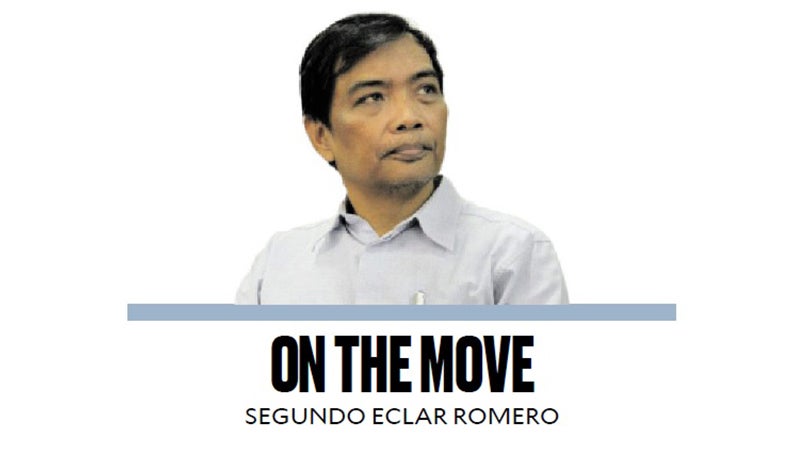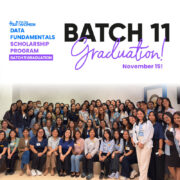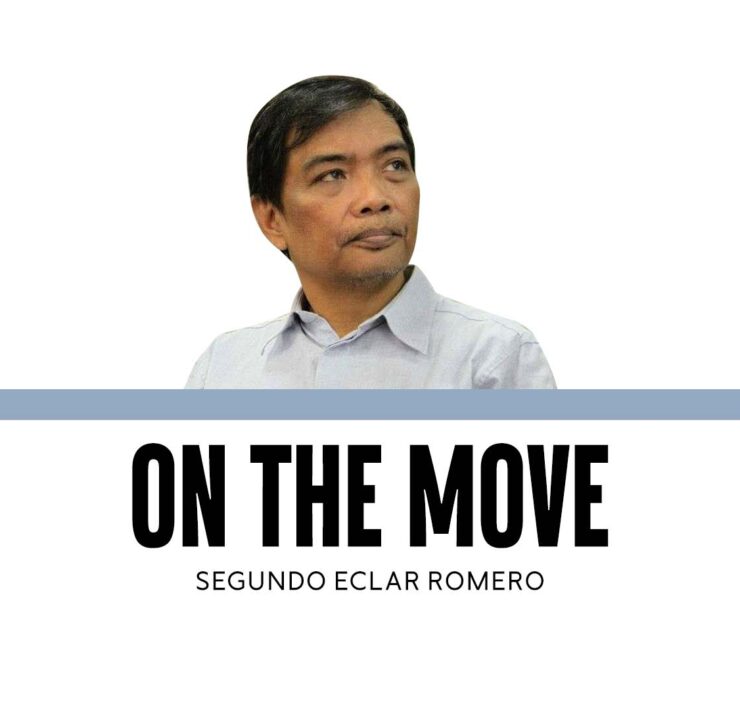Hostile vehicle mitigation

The April 27 Vancouver tragedy—an Audi SUV mowing down revelers at a Filipino street fair, killing at least 11 and wounding dozens—was not labeled terrorism, yet the outcome was indistinguishable from the Nice (2016), Berlin (2016), and Toronto (2018) truck/van massacres. What has changed is the motive. In Vancouver, the driver’s history pointed to mental health problems, not extremist ideology. But for the victims, that nuance was irrelevant. Philippine disaster risk managers, elected officials, and 2025 candidates should treat the incident as a wake-up call: hostile-vehicle mitigation (HVM) must shift from being a security footnote to a mainstream item in every Local Disaster Risk Reduction and Management Plan.
Global data show that after the Islamic State popularized vehicle ramming in 2016, the tactic spread to far-right, misogynist, and grievance-driven actors. Since 2021, more than half of such attacks in North America and Europe have had no jihadist links. The common denominator is opportunity: a ton of metal at speed + a soft crowd = mass casualties. That is precisely the kind of “foreseeable, high-impact, low-probability” threat Republic Act (RA) No. 10121 instructs local government units (LGUs) to prepare for.
The National Disaster Risk Reduction and Management Council’s Year-End Celebration Situation Reports already direct LGUs to ensure “safe and efficient management of the movement of vehicles [and] pedestrians” in mass gatherings. However, the guidance stops short of spelling out physical countermeasures—bollards, road closures, crash trucks—that would make the order actionable.
The good news: mayors control a ready pot of money. The Department of the Interior and Local Government’s Memorandum Circular 2012-73 allows them to program up to 70 percent of the 5-percent Local DRRM Fund (LDRRMF) for prevention and mitigation equipment and infrastructure. That wording is broad enough to cover certified bollards, portable barriers, and traffic-calming works.
The following measures can be adopted within reasonable cost and political capital—perfect talking points for campaign platforms or “first 100 days” agendas.
1. Add “Vehicle-as-Weapons” to every PDRA checklist and contingency plan template. This requires only a memorandum from the mayor. It signals modern, evidence-based governance and aligns with RA 10121 without a new law.
2. Run the US Cybersecurity and Infrastructure Security Agency’s free Vehicle-Ramming Self-Assessment Tool for plazas, churchyards, and fiesta parade and protest rally routes. This generates an instant risk score and list of fixes—hard data to back funding requests.
3. Borrow or buy water-filled or concrete barriers for fiestas and night markets. Reusable for floods and roadworks, so the optics are multihazard, not militarized.
4. Build security into beautification. When the city budgets for benches, planters, or flood parapets, insist that designs also meet basic crash-resistance standards. A steel-reinforced planter that can stop a pickup at 50 kilometers per hour costs only a fraction more than an ornamental one but performs triple duty: as a landscape feature, crowd guide, and protective barrier.
5. Institutionalize order. Adapt Singapore’s “screen-and-seal” traffic template—prescheduled deliveries, all vehicles cleared three hours before gates open, and crash-rated barricades at every approach—for crowds larger than 5,000. Put the procedure in writing, rehearse it in a tabletop exercise with the police, fire service, barangay tanods, and fiesta organizers, and repeat it yearly. Discipline becomes a habit.
Here’s how the messaging will resonate with the public: (1) “Dual-use spending.” Bollards and barriers also deflect drunk drivers, jeepneys with failed brakes, and flood debris. Money looks less like security theater and more like everyday safety. (2) “Protect fiestas, not cancel them.” HVM lets celebrations continue safely. (3) “Local ingenuity.” Let LGU pride and practicality beat donor dependency.
Candidates often promise more jobs or bigger ayuda; few talk about how the public realm itself can be made tangibly safer. The Vancouver incident gives them a concrete, headline-driven entry point: Commit to allocate at least P2 million of the fiscal year 2026 LDRRMF (less than 0.1 percent of most city budgets) to hostile-vehicle countermeasures in high-footfall zones; publish the crowd-safety plan within 90 days of taking office; and run one live drill before the next fiesta.
Disaster risk in the Philippines is dominated by typhoons, floods, and earthquakes, but human-induced mass-casualty events are part of the same calculus: low-probability, high-impact, and increasingly globalized. Integrating hostile vehicle mitigation into LDRRMFs is not mission creep—it is finishing the job RA 10121 began. The victims in Vancouver deserve more than condolences; they deserve policy learning. If the next generation of local leaders acts now, Philippine street festivals—a symbol of resilience and community—can stay joyous and secure.


















